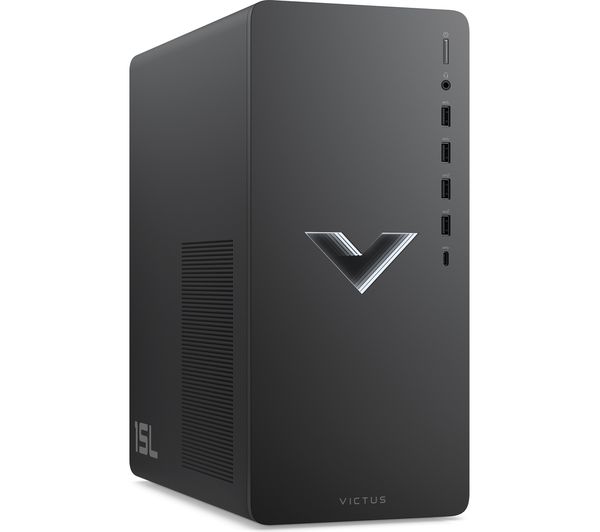Artificial intelligence (AI) is a rapidly growing field with the potential to revolutionize many industries. However, for many people, the idea of building their own AI model can seem daunting. In this article, we will walk you through the steps involved in building your first AI model, from identifying a problem to deploying your model.
Step 1: Identify a problem
The first step in building an AI model is to identify a problem that you want to solve. This could be anything from identifying fraud in financial transactions to predicting customer churn. Once you have identified a problem, you need to gather data that will be used to train your model.
Step 2: Gather data
The quality of your data will have a significant impact on the performance of your AI model. It is important to gather data that is relevant to the problem you are trying to solve and that is as accurate as possible. If you are not able to gather enough data, you may need to consider using a pre-trained model.
Step 3: Prepare your data
Once you have gathered your data, you need to prepare it for training. This may involve cleaning the data, removing any errors or outliers, and converting it into a format that can be used by your chosen machine-learning algorithm.
Step 4: Choose a machine learning algorithm
There are many different machine learning algorithms available, each with its strengths and weaknesses. The algorithm you choose will depend on the type of problem you are trying to solve and the amount of data you have available.
Step 5: Train your model
Once you have chosen a machine learning algorithm, you need to train your model on your prepared data. This involves running the algorithm on the data and adjusting its parameters until it can make accurate predictions.
Step 6: Evaluate your model
Once your model is trained, you need to evaluate its performance. This can be done by using a holdout dataset that was not used to train the model. If the model is not performing well, you may need to gather more data or adjust the parameters of the algorithm.
Step 7: Deploy your model
Once your model is performing well, you can deploy it to production. This means making it available to users so that they can use it to make predictions.
Conclusion
Building an AI model can be a complex process, but it is also a rewarding one. By following the steps outlined in this article, you can build your own AI model that can solve real-world problems.
Here are some additional tips for building your first AI model:
Start with a simple problem. Don’t try to build a complex model on your first attempt. Start with a simple problem that you can solve with a basic machine-learning algorithm. This will help you learn the basics of AI modelling and build your confidence. Once you have a successful model under your belt, you can then move on to more complex problems.
Use a cloud-based platform. Many cloud-based platforms make it easy to build and deploy AI models. These platforms provide you with access to powerful computing resources and pre-trained models. This can save you a lot of time and effort, especially if you are new to AI modelling.
Get help from the community. There are many online communities where you can get help with building AI models. These communities can provide you with advice, support, and code. This can be a great resource if you get stuck or need help with a particular aspect of AI modelling.
Here are some of the most popular cloud-based platforms for building AI models:
Google Cloud Platform
- Google Cloud Platform (GCP) is a suite of cloud computing services that runs on the same infrastructure that Google uses for its end-user products, such as Google Search and YouTube. GCP offers a broad range of services, including computing, data storage, data analytics, and machine learning.
- GCP’s AI platform is called Google Cloud AI Platform. It offers a variety of services for building and deploying AI models, including:
- Cloud AutoML: This service provides pre-trained models for a variety of tasks, such as image classification, natural language processing, and speech recognition.
- Cloud ML Engine: This service allows you to train your custom AI models.
- Cloud AI Platform Prediction: This service allows you to deploy your AI models to production and make predictions in real-time.
Amazon Web Services
- Amazon Web Services (AWS) is another popular cloud computing platform. AWS offers a broad range of services, including computing, data storage, data analytics, and machine learning.
- AWS’s AI platform is called Amazon SageMaker. It offers a variety of services for building and deploying AI models, including:
- Amazon SageMaker Studio: This service provides a web-based IDE for building and training AI models.
- Amazon SageMaker Autopilot: This service automatically builds and trains AI models for you.
- Amazon SageMaker Ground Truth: This service provides tools for labelling data for AI models.
Microsoft Azure
-
- Microsoft Azure is a cloud computing platform that offers a broad range of services, including computing, data storage, data analytics, and machine learning.
- Azure’s AI platform is called Azure Machine Learning. It offers a variety of services for building and deploying AI models, including:
- Azure Machine Learning Studio: This service provides a web-based IDE for building and training AI models.
- Azure Machine Learning Service: This service allows you to train and deploy AI models in the cloud.
- Azure Machine Learning Pipelines: This service allows you to automate the process of building and deploying AI models.
Here are some of the most popular online communities for AI modelling:
Stack Overflow
- Stack Overflow is a question-and-answer website for programmers. It is one of the most popular websites on the internet, with over 100 million unique visitors per month.
- Stack Overflow has a large and active community of users who are experts in a variety of programming topics, including AI modelling.
- If you have a question about AI modelling, you can post it on Stack Overflow and you are likely to get an answer from someone who knows what they are talking about.
Kaggle
- Kaggle is a platform for data scientists and machine learning engineers to compete against each other to solve real-world problems.
- Kaggle hosts a variety of competitions, each with a different focus, such as image classification, natural language processing, and fraud detection.
- If you want to learn more about AI modelling, you can participate in Kaggle competitions. This is a wonderful way to learn from other data scientists and machine learning engineers and to get feedback on your work.
GitHub
-
-
- GitHub is a code hosting platform that allows users to share, collaborate, and manage code.
- GitHub has a large and active community of users who are working on a variety of projects, including AI modelling.
- If you are working on an AI project, you can use GitHub to share your code with others, get feedback, and collaborate with other developers.
-





















